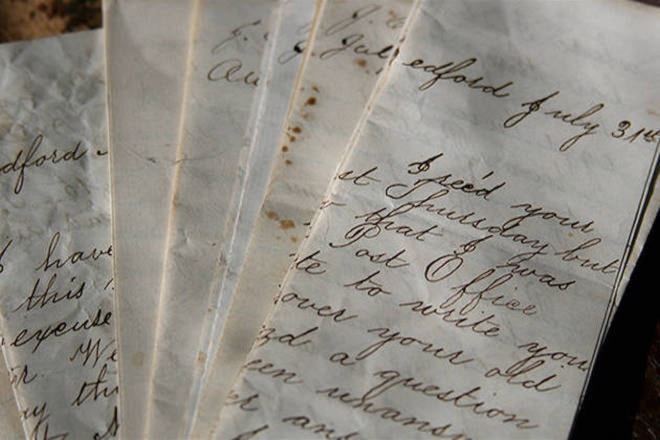Fire clean or not at all
With spring arriving many of us are feeling impelled to do a bit of backyard burning. Trouble is, the way we usually go about it is very polluting. The particulate matter (of 2.5 microns and smaller) from incomplete combustion is damaging to anyone’s lungs, and when we consider the fact that COVID piggy-backs on such particles, well, that is just one more reason to keep the air clear.
The key to making a backyard fire (or any fire) pollution-free is to maximize combustion temperature, ensure all the gasses enter the flame path, and optimize turbulence. This is not possible when we just light a big pile of scraps and leave the whole mess to slowly smoulder away. Rather, we have to corral the fire and induce optimal air trajectories. As fancy as this sounds, it is very easy to do. Just take an old 55 gallon barrel; cut off the end(s) to make a hollow cylinder; set it on a tripod of three bricks so the base is about two inches off the ground. This can also be done with a half-barrel height, and even a one-third barrel height — which is a great set up for outdoor cooking.
You will need to get the fire going strong with dry wood before adding in green or wet scraps. And yes, this does involve feeding the fire a bit at a time. But the optimized combustion process will be about 10 times faster than a half-day smoulder — and the process can be quite enjoyable. Your neighbours will be a lot happier too.
Pat Amos
Glenora
